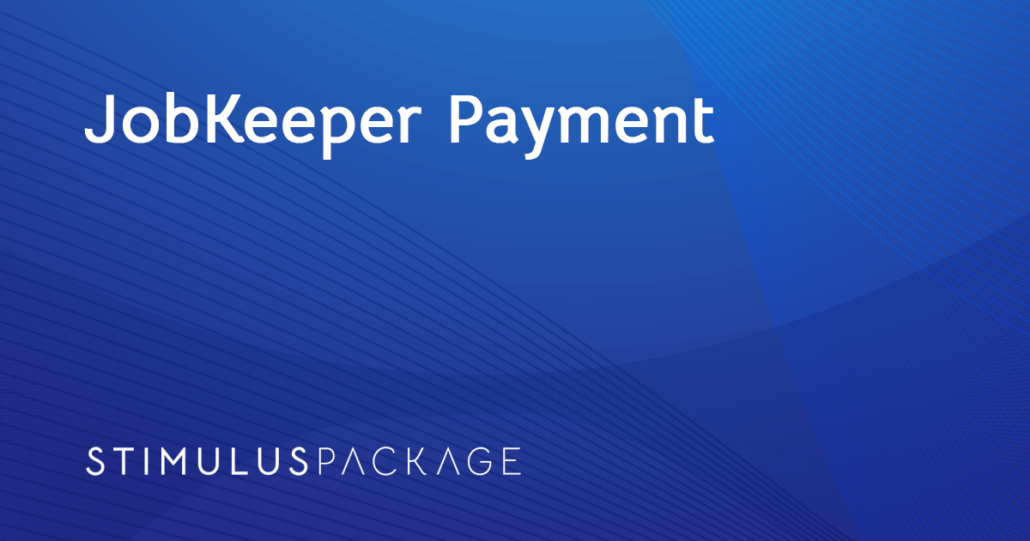
During the week the Government announced the JobKeeper stimulus targeted at keeping employers and their employees connected through this current crisis.
The intention is that businesses impacted by the Coronavirus will have wage costs subsidised so they can continue to pay their employees, whether they’re currently working or not.
Businesses can register their interest with the ATO now (almost 500,000 businesses did this within 48 hours of the announcement), but won’t be able to apply until the legislation is passed, hopefully within a week or so.
Here’s how it will work.
If your business has a turnover of less than $1 billion and has suffered a 30% or more drop in turnover compared to the same month last year, you can register with the ATO. The turnover reduction is self-assessed, and the ATO has some discretion for those that don’t quite meet the criteria.
You then pay your existing workers. If they earn more than $1,500 (before tax) per fortnight, you pay them their normal pay. If they earn less than $1,500 per fortnight, you pay them $1,500 (yes, they get a pay rise).
At the end of the month, the government will reimburse you $1,500 per eligible employee. This will be effective from 30 March 2020 for a maximum period of six months, so your first Government payment will be received in the first week of May.
Eligible employees are your staff that have been employed since at least 1 March 2020 and are full-timers or part-timers. The package also extends to casual workers that have been with you for at least 12 months. Employees must be at least 16 years old and Australian citizens or relevant visa holders.
The subsidy is also available to employees that have been stood down (but not those made redundant, unless re-hired). So you are effectively able to re-engage your team at no cost, regardless of whether you ask them to show up for work or not. The aim is that you can continue to employ them, pay them, and maintain connection with them through this crisis, so hopefully when it’s all over you can hit the ground running.
The JobKeeker subsidy is also accessible by self-employed people who have suffered a drop in income, regardless of whether they employ any staff. However there is little detail yet as to who might qualify as “self-employed” and how those rules will apply..
Not for Profit entities are eligible under the stimulus package too.
You will still need to pay super based on your staff’s normal earnings, but it’s up to you whether you pay the extra super for employees who were previously on less than $1,500.
A quick note for employees – you can only get the JobKeeker payment through one employer, and it may affect your entitlement to other Centrelink benefits.
The JobKeeper stimulus is a great initiative. It keeps workers employed, keeps people away from Centrelink queues, and gives businesses a fighting chance.
Other related blogs:
Cash Flow Boost
Author: Mark Douglas
Email: mark@faj.com.au

